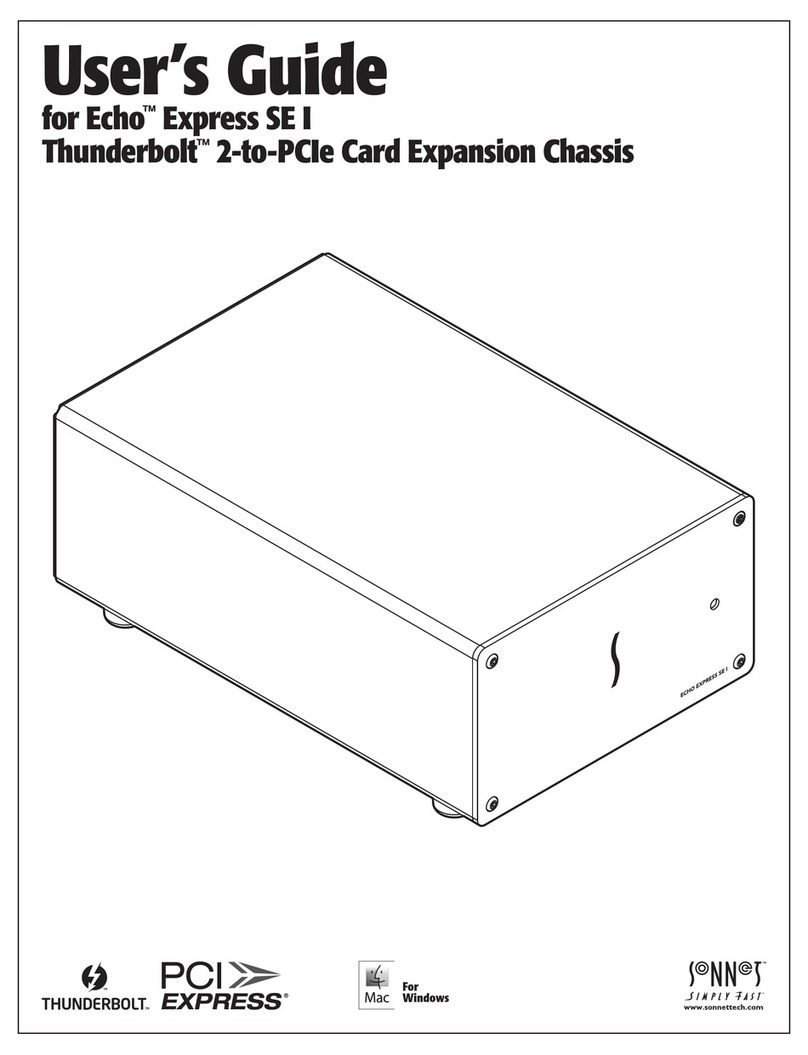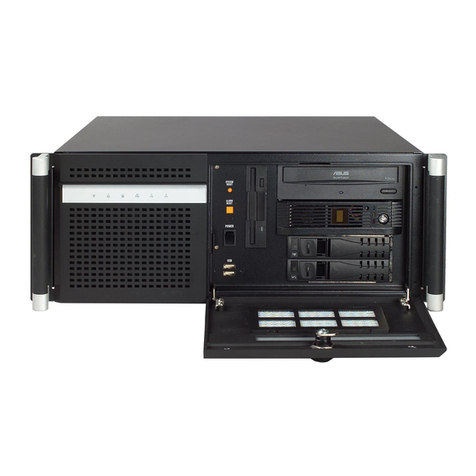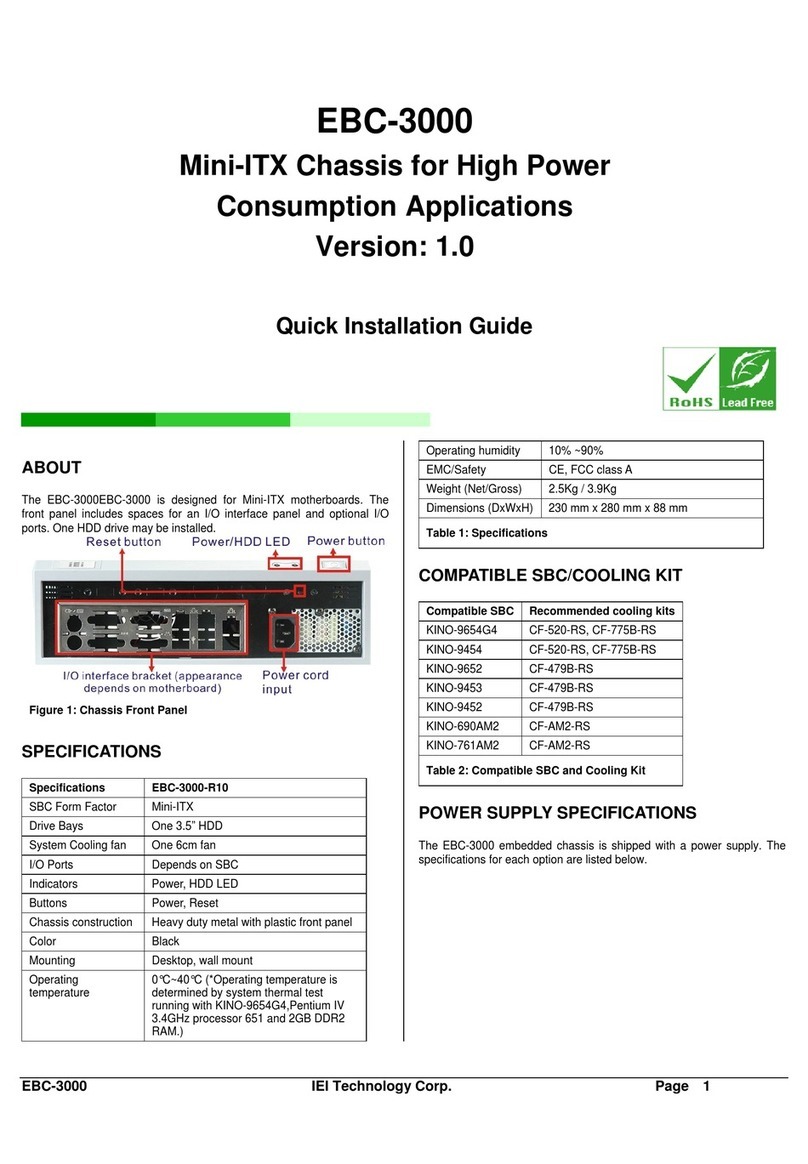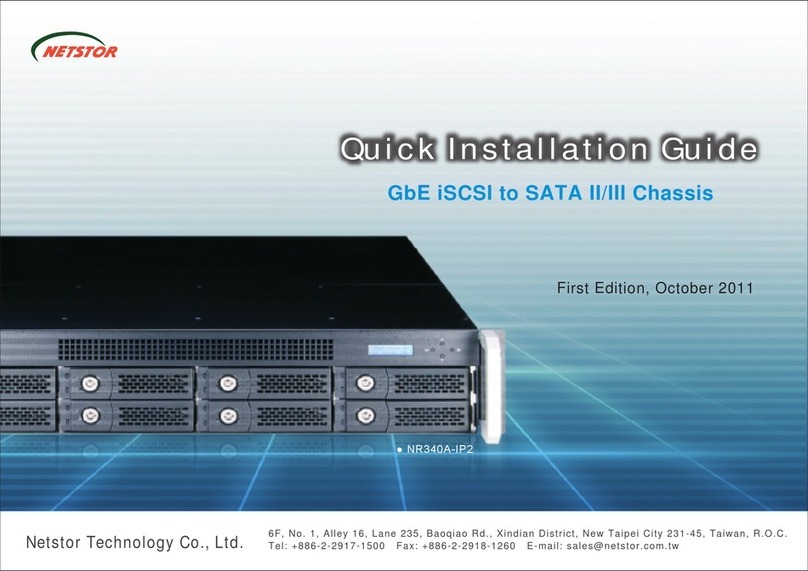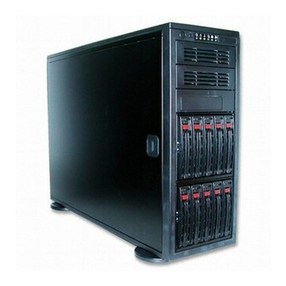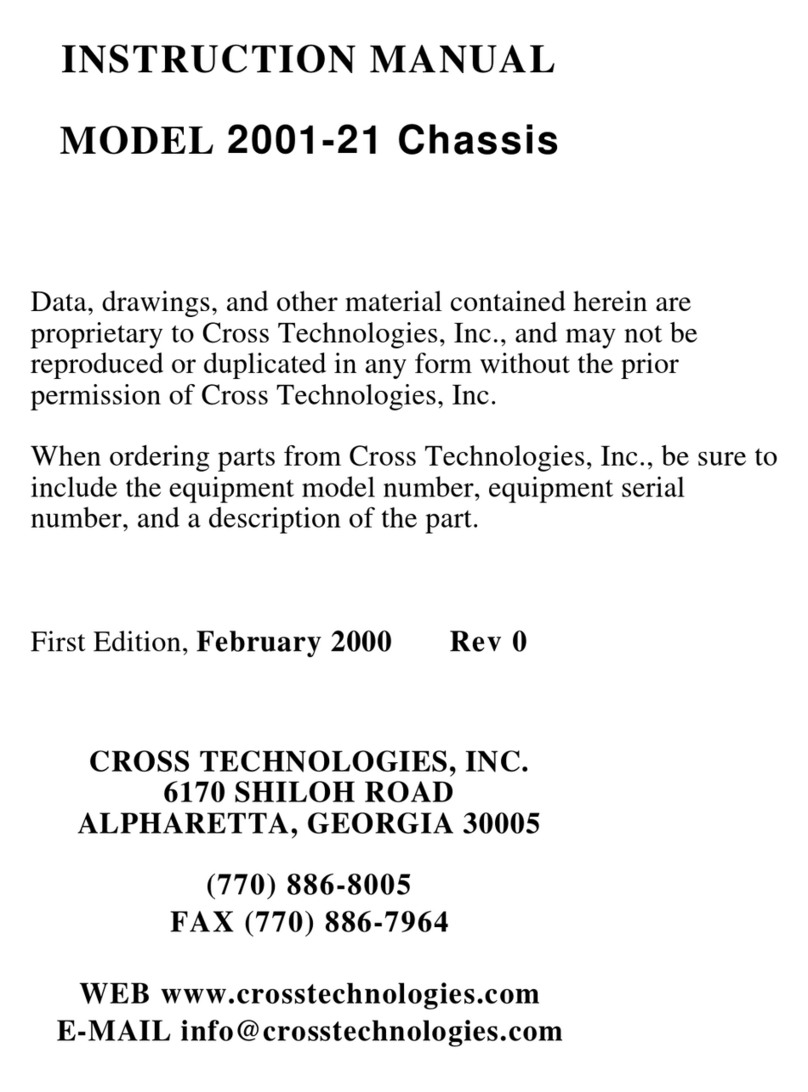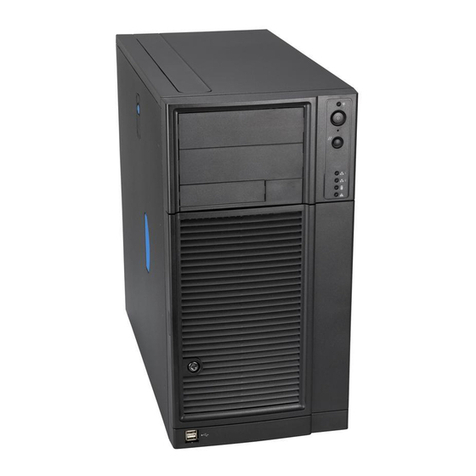Seventh Circle Audio OneShot PC01 User manual

1
Congratulations on your purchase of a new OneShot chassis! The PC01 OneShot combines a
rugged enclosure, power supply, and discrete instrument DI in a compact 1/4U package. A
few minutes of assembly are all that is required to ensure years of reliable service.
Who Should Build This Kit?
The PC01 is not difficult to assemble, but it is not intended for absolute beginners. If you’ve
never built an electronic project before, this is probably not the one to start with. To guarantee
success, make sure you have:
•The ability to make basic voltage and resistance measurements using a digital
multimeter (DMM).
•At least a rudimentary understanding of voltage, current, and resistance.
•Some experience soldering on printed circuit boards.
•The patience to follow instructions precisely and work carefully.
Essential Tools
Fine tipped 20-30 watt soldering iron w/ cleaning sponge (Hakko 936 or similar)
Eutectic (63/37) rosin core or “no clean” solder (.025” diameter is usually best)
Small needle nose pliers
Small diagonal cutters
Wire stripper
Phillips screwdriver (#1)
3/32” Hex Driver
Highly Recommended Tools
½” Socket
Work Area
Find a clean, stable, well-lit work surface. An anti-static mat is highly recommended for this
project. Good lighting will make assembly much easier.
Soldering Technique
Make sure your iron's tip is tinned properly and keep it clean! The trick to making perfect
solder joints is to heat the joint quickly and thoroughly before applying the solder, and a
properly tinned and clean tip is essential for this. Apply just enough solder to thoroughly
encapsulate the joint, but don’t use too much. The finished joint should be smooth and
shiny, not rough or gritty looking.

2
Instruction Conventions
Text in orange indicates a step where extra care needs to be taken. Doing it wrong isn’t a
disaster, but it’ll need to be corrected.
Text in red indicates a step that must be done correctly. Doing it wrong will guarantee
improper operation, and probably damage components and/or the circuit board.
Prepare the Module
The OneShot power supply board includes three relays that enable several optional features.
To take advantage of these features, most current preamp modules will require some
modifications. If you are not comfortable referring to the schematics, removing parts, wiring
jumpers, and possibly cutting PCB traces, do not attempt these modifications yourself.
You can always use the DI by using an external XLR jumper between the DI output and
preamp input if you do not want to make modifications to your module.
1. DI Switching. To enable this feature,
the signal flow from the module’s input
connector must be interrupted and
rerouted to the M+ and M- pads on the
OneShot power board. For most
modules, the easiest way to get the
signal from the module to the OneShot is
to remove the blue EMI filters. Solder
jumpers between the vacant filter pads
and the M+ and M- pads as shown.
Make sure you’re using the pair of pads that connect back to the female XLR. Be sure to
observe proper polarity. Consult the schematic and use your meter. To get the signal
back to the module, solder jumpers
between the P1+ and P2-pads and the
vacant filter pads as shown. The J99
and N72 have headers that can be used
to terminate the jumpers. For a more
permanent installation, solder directly to
the transformer pins as shown on the
next page.
2. Pad. The input pad attenuates
the microphone signal by 20dB.
Activating the pad increases the load on
the microphone, which can cause
changes in tone. The modifications for
DI switching also enable the pad.

3
3. Input Z. To enable input impedance
switching, solder jumpers from the P1-and
P2+ pads on the OneShot to the
appropriate transformer terminals on your
module. Keep in mind that only modules
with split-primary input transformers,
namely the N72 and J99, will work with the
“Input Z” switch. Both of these modules
have headers that can be used to
terminate the jumpers.
4. Modified N72 and OneShot boards ready for installation in the chassis.
Input Transformer Terminal Numbering –See Schematics
P1+
P1-
P2+
P2-
J99
1
2
4
3
N72
2
4
3
5

4
Assembly
5. Before you begin, carefully unpack the kit and examine the parts. Check the contents of
each small bag against the BOM to make sure all the parts have been included. If you
think something’s missing, please e-mail the details to [email protected] and
we’ll ship replacement parts ASAP.
6. Arrange the chassis bottom on the bench as
shown. The bottom and top are identical,
except the bottom has more holes.
7. If your module has an output transformer, select the appropriate mounting screws and run
them through the holes that align with the circuit board. Use 4x 1½” screws for an N72.
Use 2x 1¼” for an A12B or J99B.
If you have an older module, you may have to drill your own holes.
8. Slide ¼” nylon spacers over the screws and run them through the module PCB and output
transformer. Don’t forget any spacers needed between the PCB and transformer. This
may require a bit of patience, but you only have to do it once.
9. Run #4 keps nuts onto the screws coming through the top of the transformer as shown.
Leave the nuts a bit loose at this point.

5
10. Maneuver the rear panel over the XLR connectors and into position as shown. Use 2x
M2.5 x 6mm screws to secure the panel
to the XLR connectors. You may need
to remove the back panel from the PCB
connectors! Use 2x #4 x 1/8” flat head
screws to attach the rear panel to the
bottom half of the chassis.
11. Attach the front sub-panel in a similar fashion to the
back. Take care not to push the LED into the chassis. Use
2x #4 x 1/8” flat head screws to attach the front panel to the
bottom half of the chassis.
12. Snug the screws left loose in the steps above. Don’t
over-tighten! A drop of blue Loctite on the transformer nut
threads is a good idea.
13. Use the remaining 1/8” screws to assemble the
chassis.

6
14. Carefully work the aluminum front panel over
all of the shafts and bushings and secure with 4x
#4-40 black cap screws as shown. Take care to
align the LED so it protrudes through the hole in the
panel
15. Install the serrated washers and panel
nuts. Carefully snug the nuts using a
½” socket and finger torque only.
Leave the ratchet wrench in the
toolbox. Cover the end of the socket
with a few small bits of tape to avoid
scratching the panel.
16. Install and align the knobs.
17. Using the #4-40 x 3/16” screws, attach the feet.

7
18. Congratulations! You’ve got an assembled OneShot preamp!

Table of contents
Popular Chassis manuals by other brands
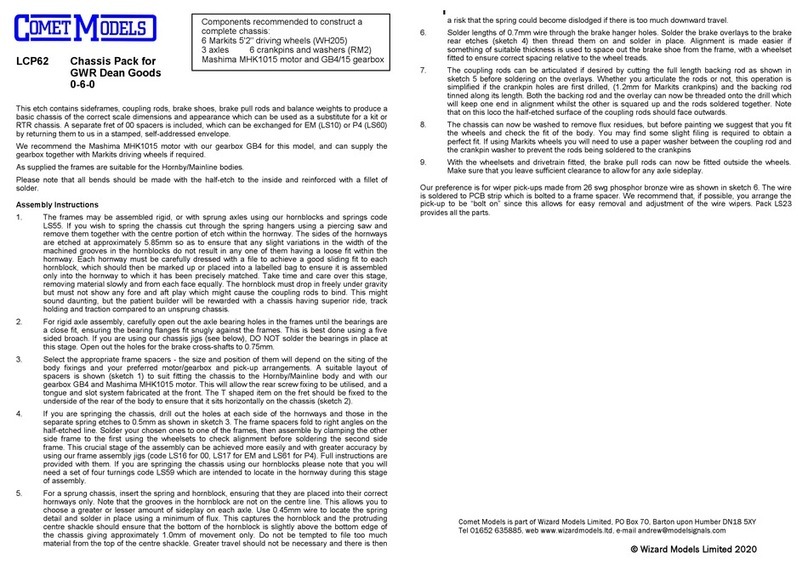
Comet Models
Comet Models LCP62 Assembly instructions

Bay Networks
Bay Networks Centillion 100 100 Chassis installation guide
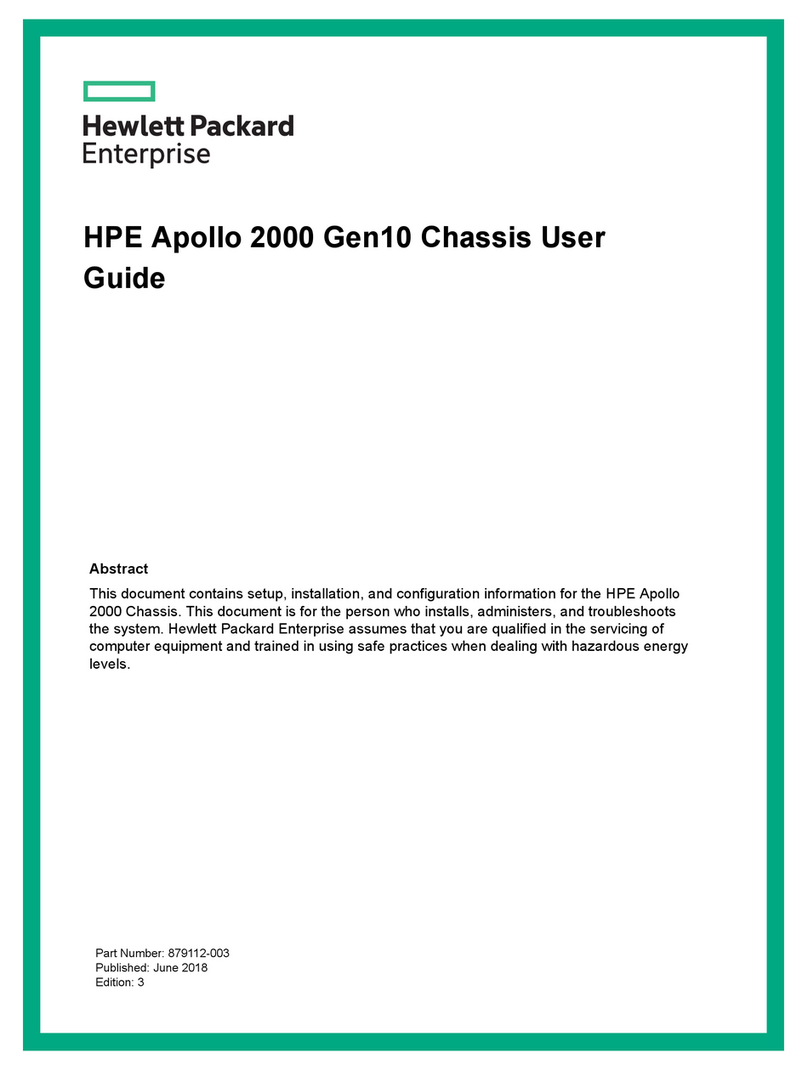
HPE
HPE Apollo 2000 Gen10 user guide

Fractal
Fractal Meshify 2 Nano user guide
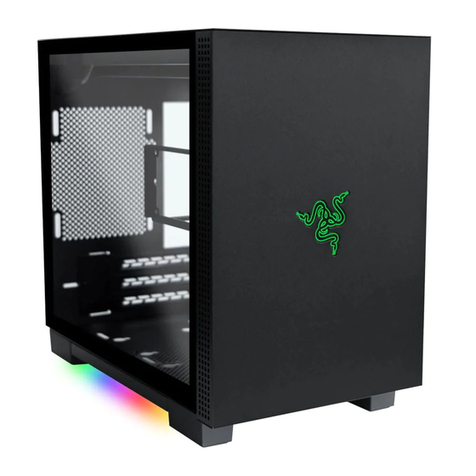
Razer
Razer Tomahawk Mini-ITX Getting started
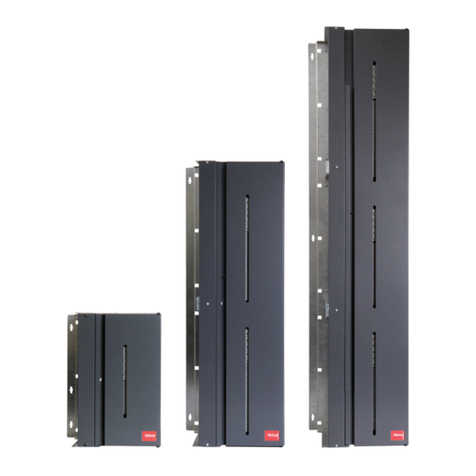
HELVAR
HELVAR Digidim 458M Series Installation and user guide
